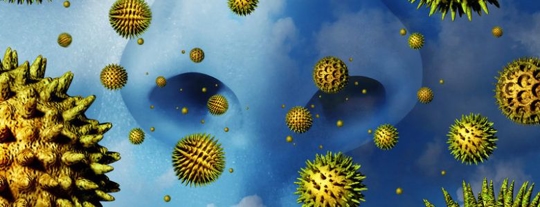Most of us don’t give our air ducts a second thought. As long as hot or cold air comes out when we adjust the thermostat and there’s no burning or chemical smell, we’re more or less happy.
Unfortunately, contaminants can build up in the air ducts over time, especially if you don’t perform residential or commercial duct cleaning. Think about it. How often do you have to dust and vacuum your home to keep it clean from dust, dirt, and grime? Weekly? Monthly?
When was the last time you cleaned your ducts? If you’re like most homeowners, the answer is probably “never”. This means that contaminants have probably been building up in your ductwork for years.
Okay, so you can concede that you probably need a residential air duct cleaning. However, you should know that more than simple dust can build up in your system. When you understand the potential contaminants and how they can affect your interior air, your health, and the efficacy of your HVAC, you’ll be much more likely to schedule a cleaning.
Dust, Dirt, and Dander
These are the top three offenders in the average home’s ductwork. It’s no surprise, either, considering they’re pretty common to all homes. Textiles (carpet, plush furniture, etc.) and other sources usually generate dust, while dirt swirls in from the outside through open doors and windows. Dander, if you don’t know, is made up of the dead skin cells and hair that people and animals shed.
This is what you’re cleaning when you dust and vacuum your home. Because these particles can easily become airborne, they also get sucked into your air ducts. The filters in your HVAC catch some of these particulates. However, plenty also get through to settle in your ducts, build up, and blow around your house every time you force air through the ductwork (i.e. turn on the furnace or AC unit).
Pollen and Other Allergens
Like dust, dirt, and dander, airborne allergens can also easily collect in your ducts. Some come in from outside and some are generated within the home. However, all can compromise your interior air quality and exacerbate allergies, asthma, and other respiratory and skin conditions.
Mold
You can find mold spores in literally every home. However, in most cases, they don’t colonize or reach dangerous levels for your health. When there is condensation in ducts, however, generally due to inadequate insulation, mold colonies can form and contaminate your interior air every time your HVAC system runs.
Pests
Your ductwork is a conduit for cool air in the summer and warm air in the winter. This makes for a pretty ideal nesting spot for some insects, rodents, and other pests that could spread disease or at least cause damage. With regular duct cleaning, you can eliminate contaminants and pests in ducts to make your home safer and your HVAC more efficient.

